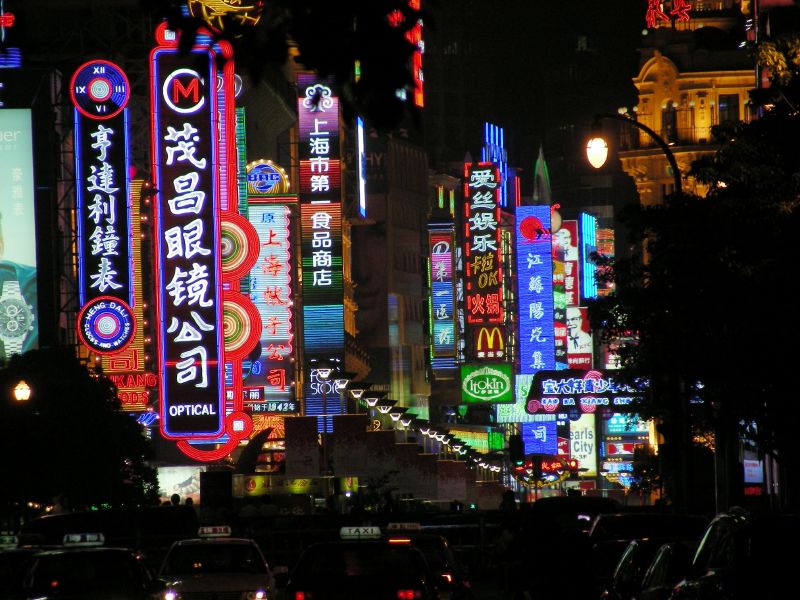Energy in China spotlight

Introduction
Home to almost 1.4 billion people, China is the world’s most populous nation and a rapidly developing economic powerhouse. It has seen some of the most rapid industrialization of any country on Earth, and electricity development has been a sizable part of this industrialization. The advent of a planned economy under Mao Zedong spurred China’s initial burst of economic growth, but the gradual transition to a market economy has kicked development into high gear. Liberalization began with the policies put into place by Mao’s successor Deng Xiaopin in 1978, and has continued since then. Regulatory policy is still fairly stringent, but China has become open enough to the free market to encourage ample investment in many sectors, particularly the manufacturing and electricity sectors. GDP PPP was an estimated $13.39 trillion in 2013, compared to $16.77 trillion for the United States in the same year. GDP per capita in 2013 was a modest $6,807 USD in 2013, putting it on par with many Eastern European and Latin American countries, but it is growing exponentially.
Thanks to aggressive policy action, China has achieved near universal electrification, with a nationwide electrification rate of 99.7%. In order to meet the challenge of providing nearly a billion and a half people with reliable access to electricity, it has built the largest generation and grid system in the world. In 2013, China had an installed generating capacity of 1247 GW. Although at the moment, 90% of China’s electricity generation comes from coal and hydropower, government policies are causing a considerable shift towards wind and solar. Despite impressive development in the electricity sector, many Chinese still suffer from energy poverty in the form of solid fuel usage. This is a problem that has not been fully addressed by Chinese policymakers, and presents a wonderful opportunity to social entrepreneurs.
China’s rapidly transitioning economy, mature electricity sector, and challenging regulatory environment create a unique and challenging environment for small and medium-sized energy enterprises that are attempting to gain entry into the market. Here, we will explore the current state of energy in China, the structure of China’s electricity generation and distribution system, lingering energy poverty in China, relevant government programs and policies, the state of the energy market, barriers to entry for enterprises, and environmental issues relating to electricity production and consumption.